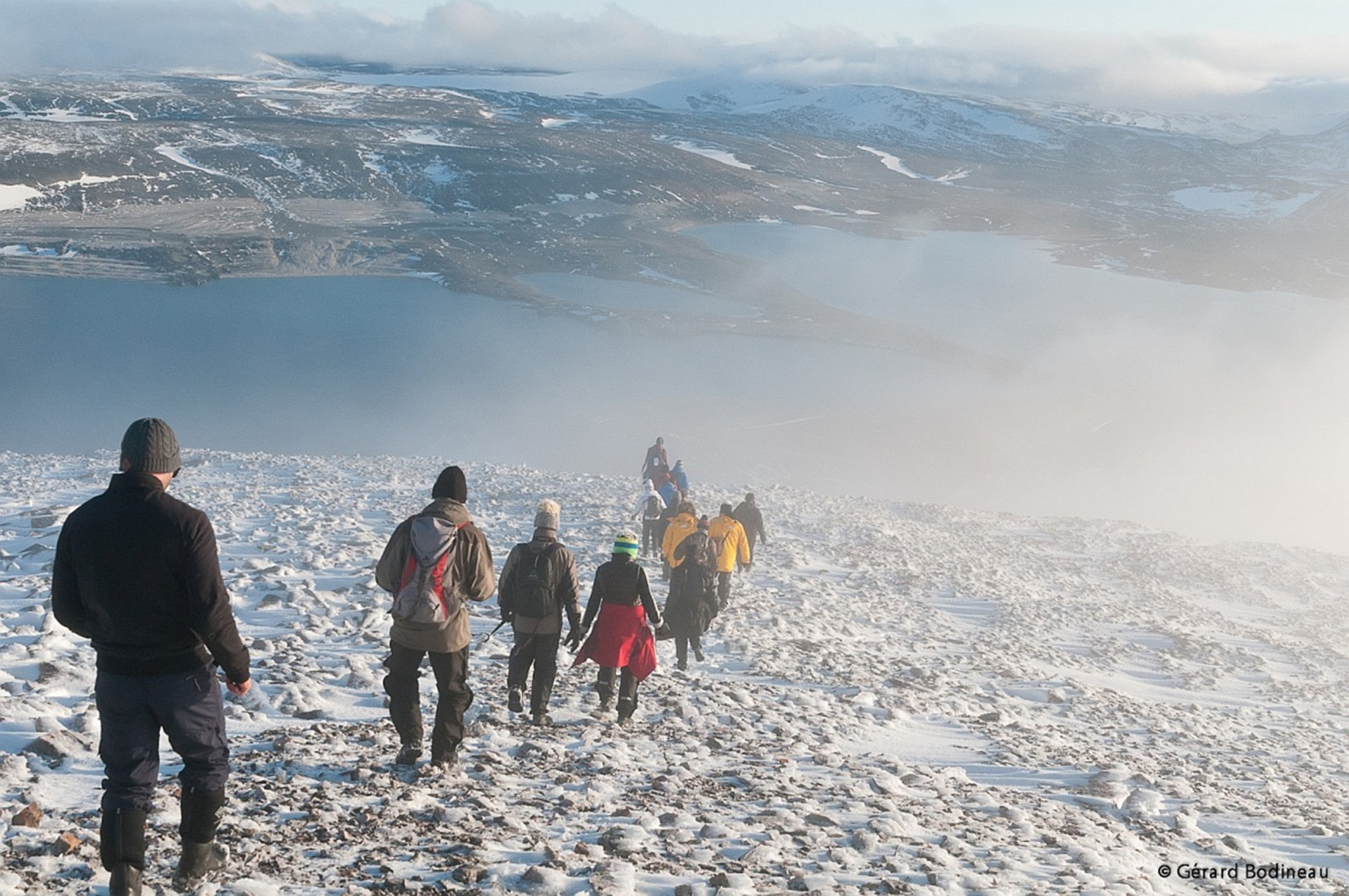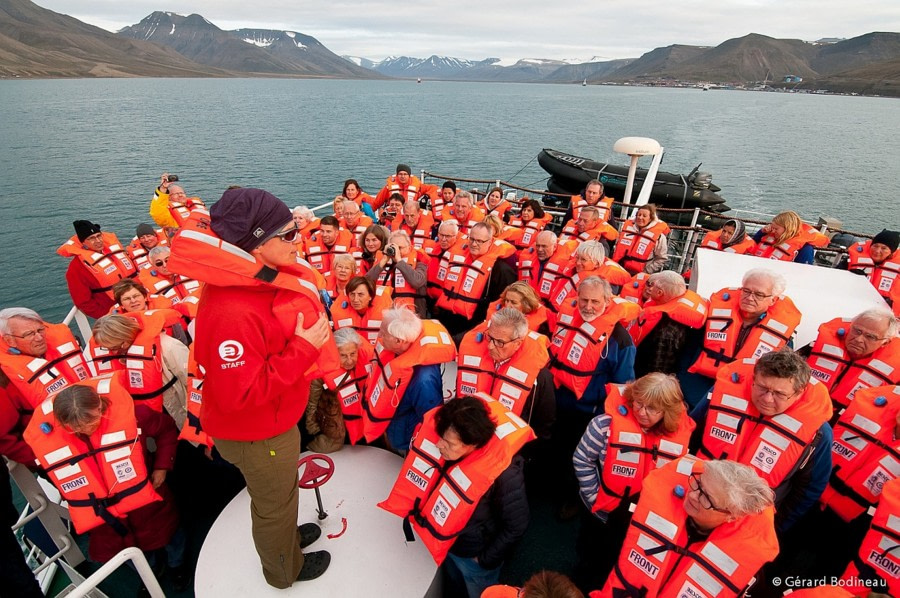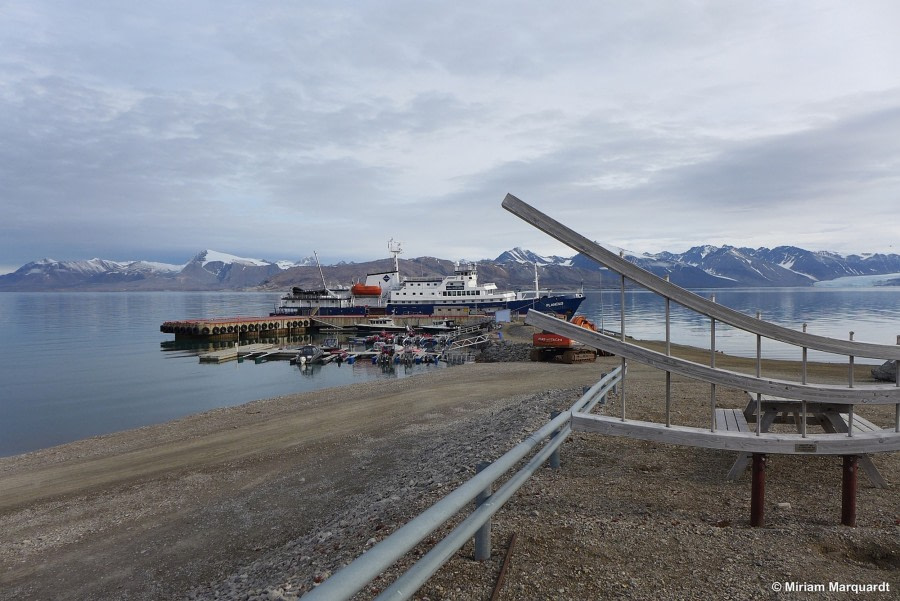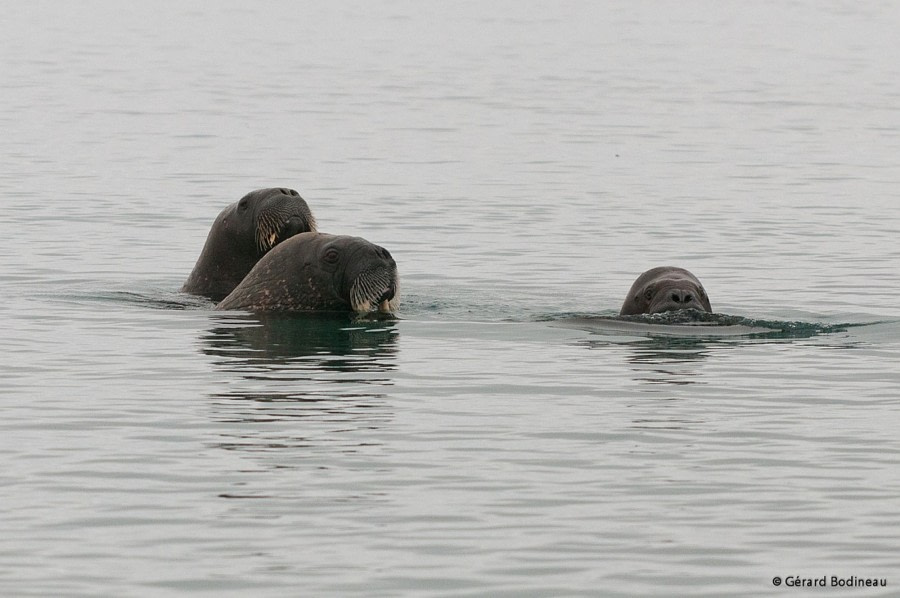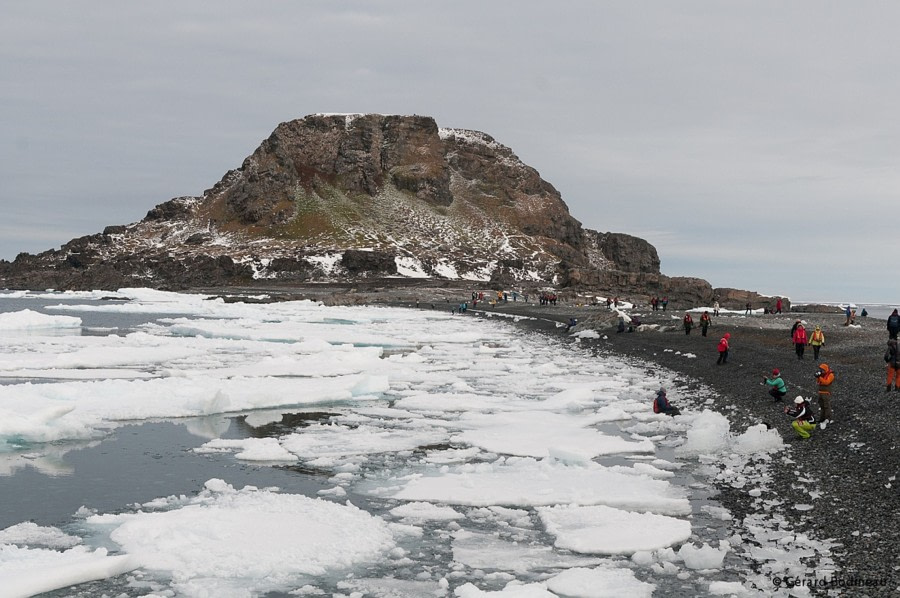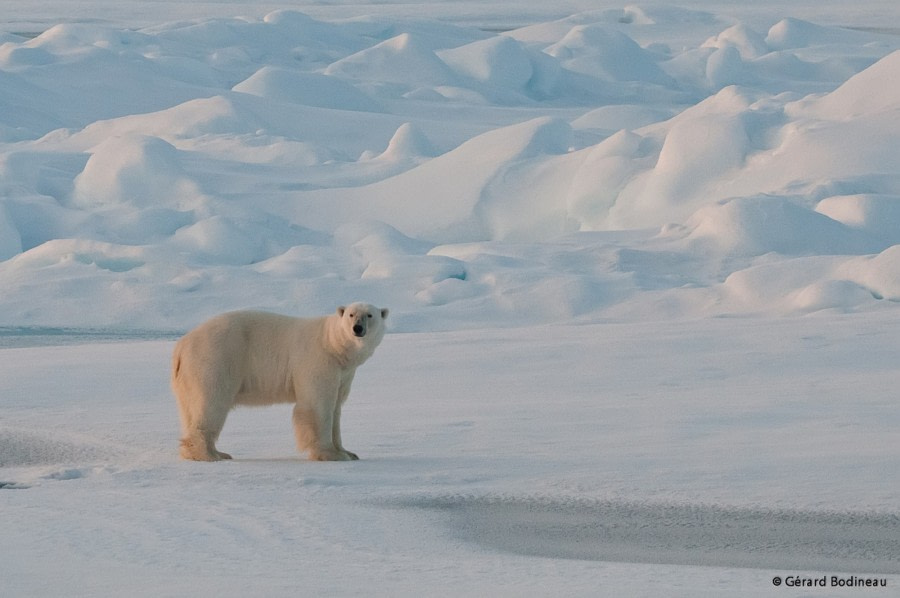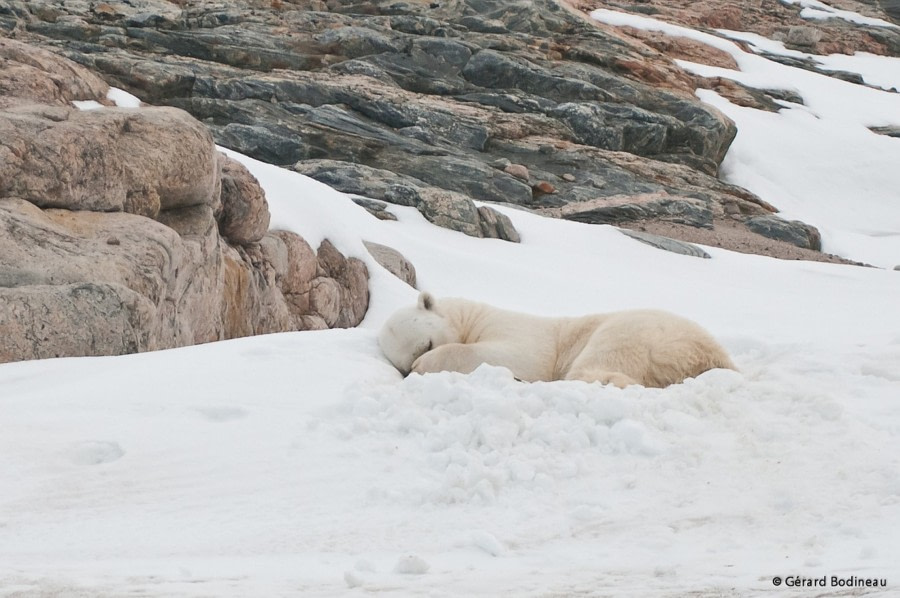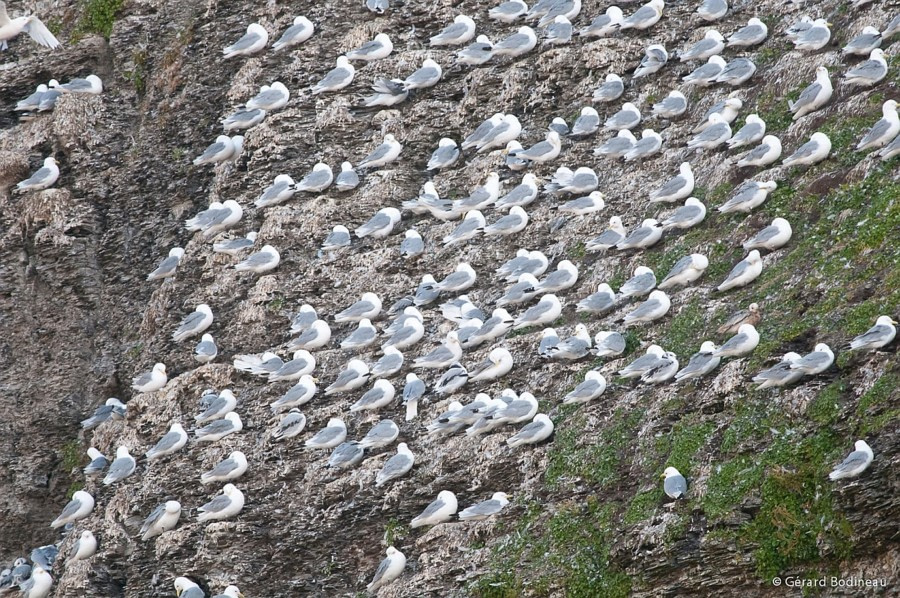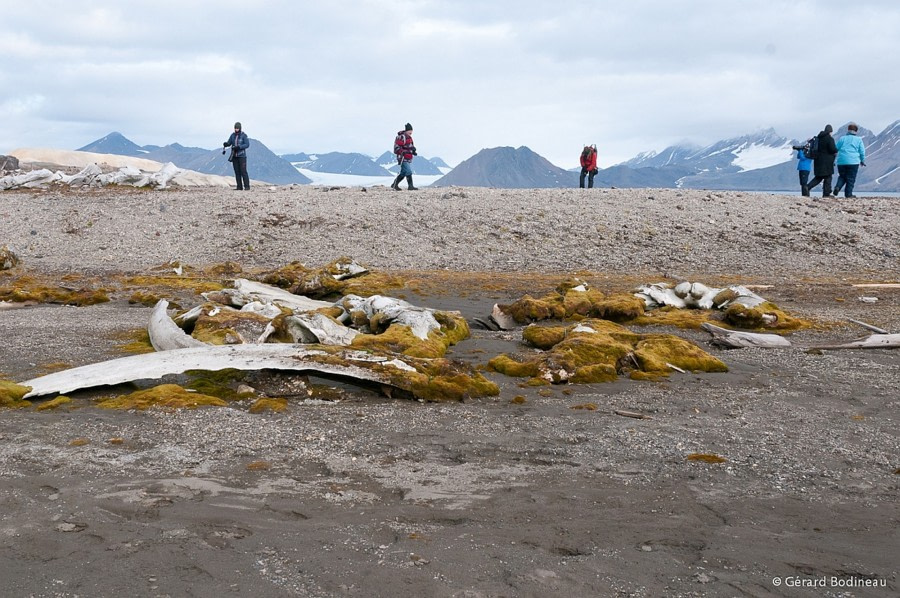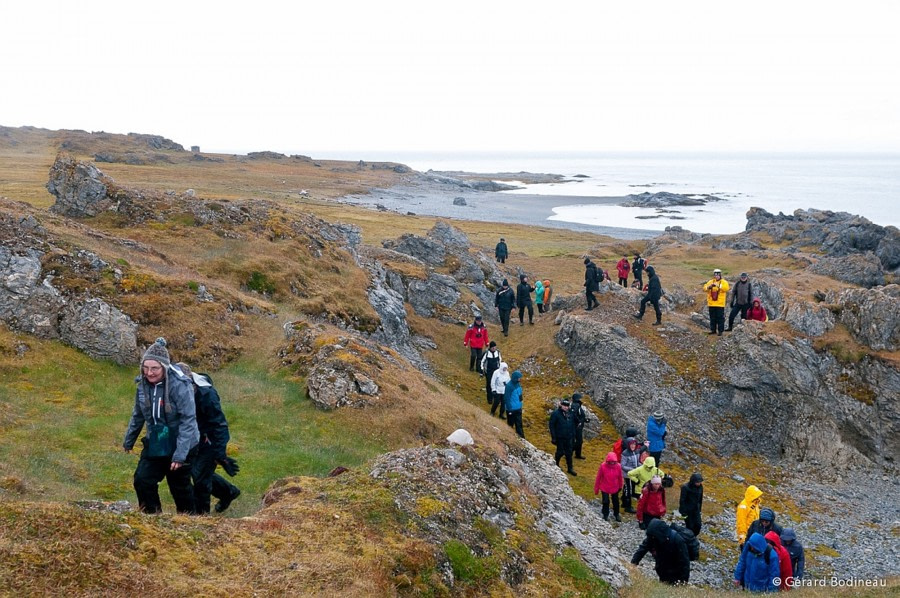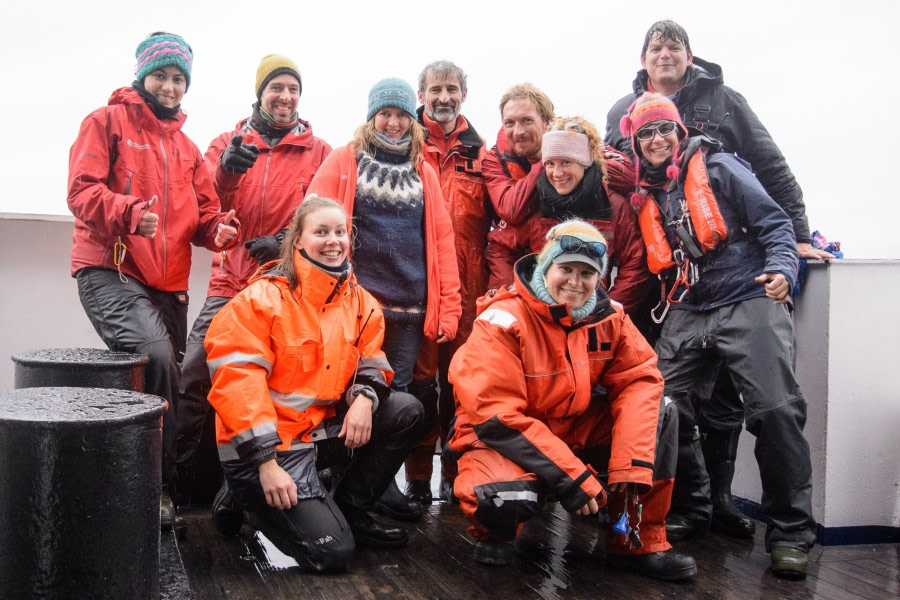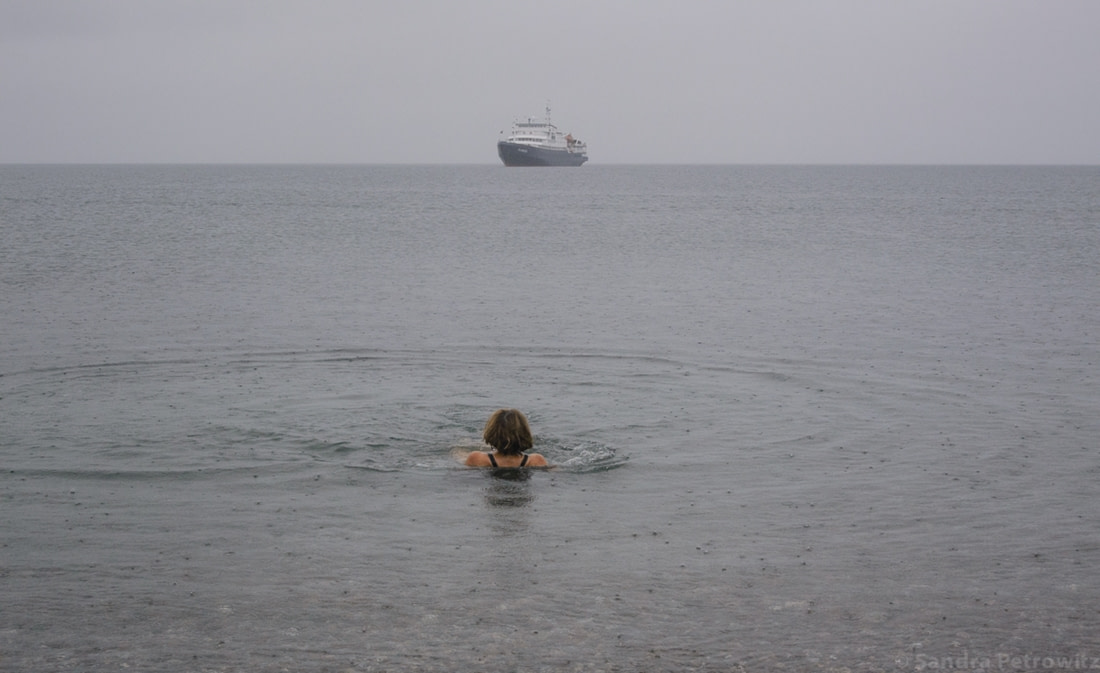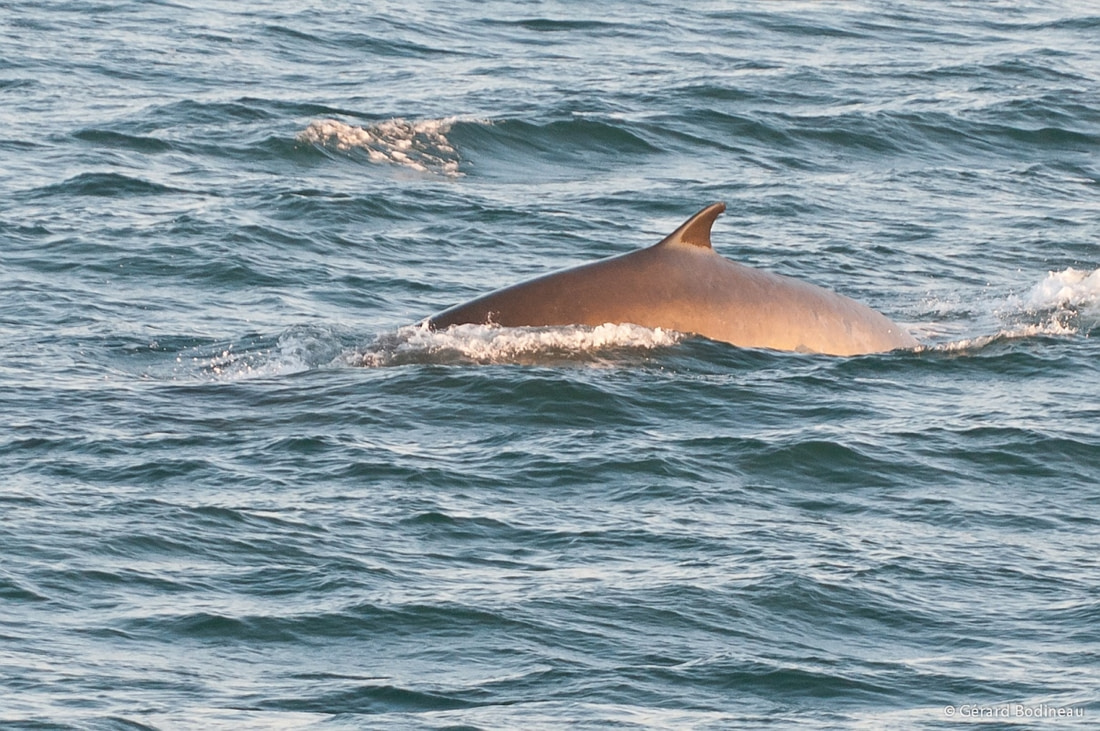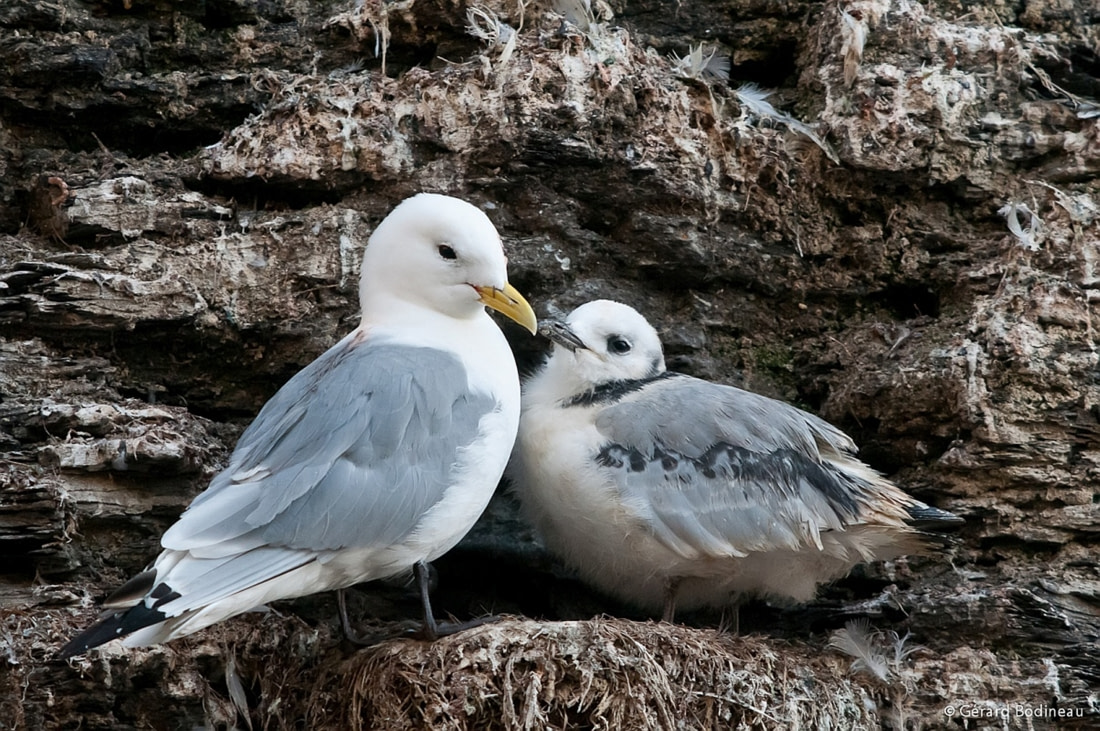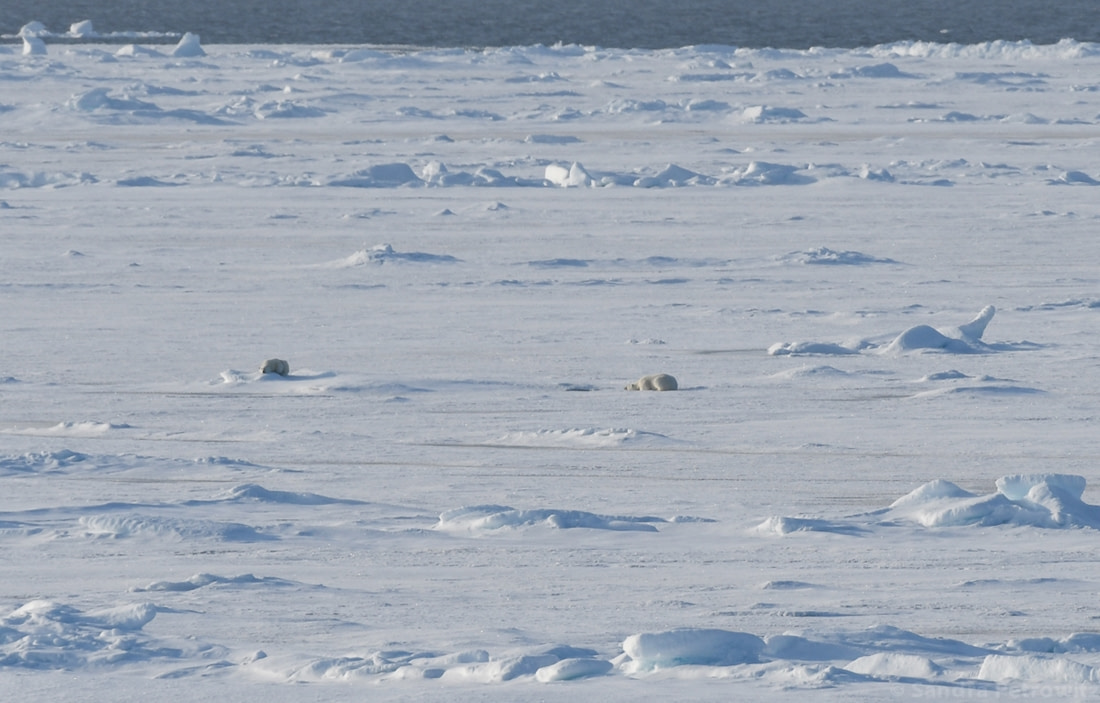| Date: | 20.08.2017 |
| Position: | 78°14.4’ N / 015°37.3’ E |
| Wind: | E-3 |
| Weather: | partly clouded |
| Air Temperature: | +2 |
Some of us had just arrived at the Longyearbyen airport on this sleepy Sunday. Others had already had a few hours to explore Spitsbergen’s small capital city, visiting the museum and the church. At 16.00 we were able to finally board M/V Plancius. Christian, our Expedition Leader, greeted us on the pier and we took the first steps up the gangway into the ship. Once on board, we were welcomed by Hotel Manager Sebastian. And with the help of the hotel crew we settled into our cabins; our luggage was already there! We had a few minutes to wander around and get familiar with the inside of the ship, as this will be our home for the next nine days. We were soon gathered in the observation lounge to be briefed about safety on board. The briefing was held by First Officer Artur who was talking about ship safety and how to prepare for the worst. A general alarm-drill (seven short blasts followed by one long blast) was made, and we all took the SOLAS orange life jackets and mustered in the lounge guided by crew and staff. After a roll call to assure everyone was present, we went out to the lifeboats hoping to never actually have to use them again. During this time, Plancius got off the pier and started sailing into Adventfjorden. After a short break to enjoy this scenic navigation, Christian invited us for another briefing about life on board. We as passengers are a very multicultural/international group. All orientation material is given bilingual in both German and English. Sebastian introduced us to the interiours of the ship, hotel operations and dining room edict and Christian introduced the expedition team. Captain Evgeny joined us in the lounge for a welcoming toast of sparkling wine or juice before we headed down to the dining room for our first scrumptious dinner prepared by Head Chef Ralf and his staff. After dinner, the staff called us to get our rubber boots which we will use when disembarking from the Zodiacs during this voyage. Most of us were eager to get out on deck to enjoy the arctic light and views of Northern Fulmars, Kittiwakes and some Whale blows in the distance. An exciting first day came to an end, the start of many more adventures to come in the following week.
